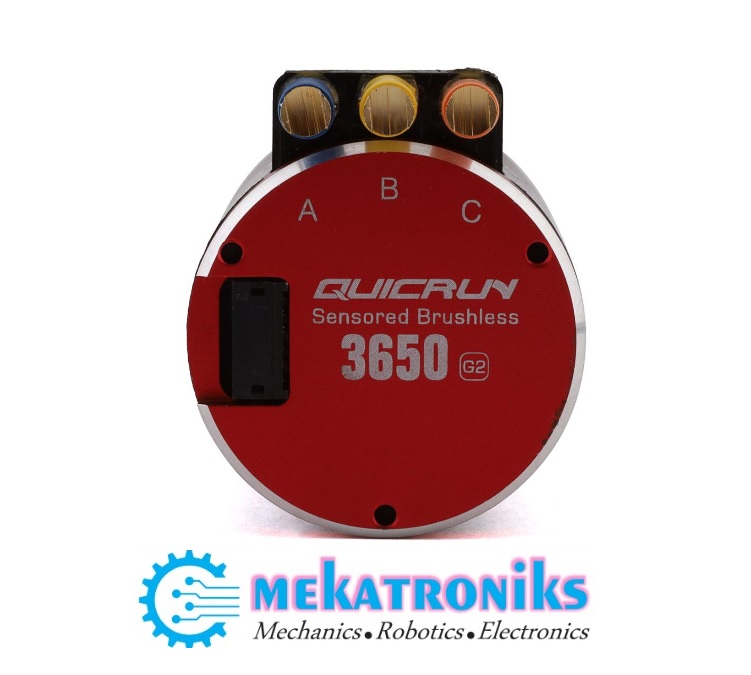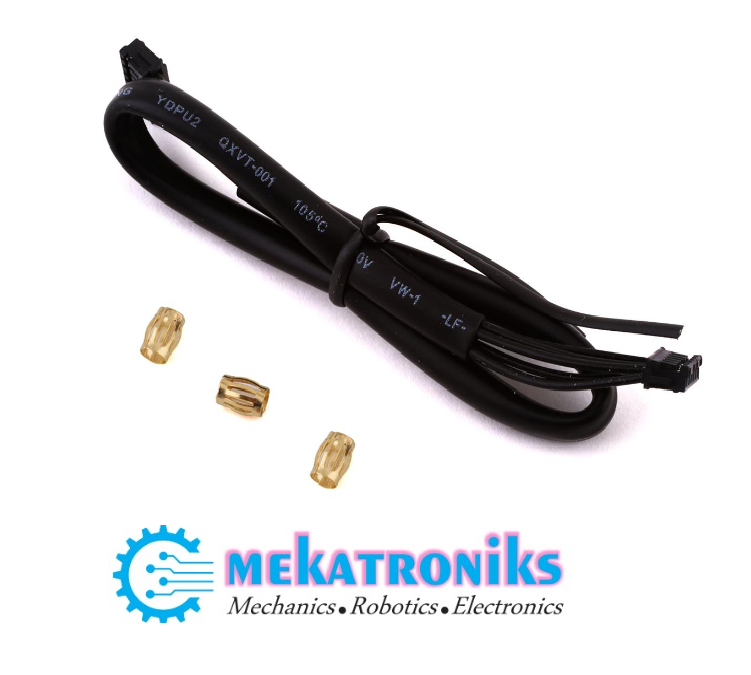Arduino & Components, Instruments & Tools
Hobbywing QuicRun Brushless Motor 3650 G2 (17.5)
About
- Hobbywing QuicRun
- Brushless Motor 3650 G2 – 175T
- High efficiency option
- Creating good power, and keeping temps low
- Built-in Hall sensor brings
₨ 6,000
Hobbywing QuicRun Brushless Motor
The Hobbywing Quicrun 3650 G2 Sensor Brushless Motor is a high efficiency option, creating good power, and keeping temps low. Ideal for 1/10th, 1/12th On-road (Race or drift Touring cars, F1, M vehicles and etc.) & Off-road (Buggies/2WD SCTs & Trucks) STOCK/SPORT Class Competitions (About Motors’ T counts, please refer to rules regulated by race organizers), Beginners for practice, and Rock Crawlers (applicable to 21.5T,25.5T motors) applications.
Features:
- Built-in Hall sensor brings drivers an amazing sense of control.
- Top-quality components: heat-resistant magnet, heat-resistant wires and name-brand bearings.
- Dustproof design where motor leads exit.
- Features a gold-plated lockable connector which can be fasten by screws, eliminating the possibility of losing connections.
- Detachable structure is easy to clean and maintain, greatly prolonging the service life of the motor.

-
Hobbywing QuicRun Brushless Motor Specifications:
-
Turn: 17.5TKv: 1800KvLiPo: 2-3S
Shaft Diameter: 3.175mmResistance: 0.0747 ohmNo Load Current: 1.3AMax Output Power: 95WMax Output Current: 28AWeight: 186g - Linear & Smooth Control
- Great Heat-dissipation
- Plug-and-Play
- Re-buildable Design
- Compatible (with QuicRun-10BL60-Sensored ESC)
- The built-in Hall sensor non-adjustable end bell combine with a high precision and balanced rotor guarantees the user a smooth and linear power on demand.
 The silicon O-ring fit between the end bell and stator helps to conduct inner heat to the unique motor case to maximize cooling for extreme cooling conditions. The end bell is easy to be removed for maintenance purposes and for the replacement of common wearing parts such as rotor and sensor module (Ex bearings).Customize 3.5mm low impedance bullet connectors soldered to the motor wires guarantee “plug-and-play” and stable connections between the ESC and motor. en.wikipedia.org
The silicon O-ring fit between the end bell and stator helps to conduct inner heat to the unique motor case to maximize cooling for extreme cooling conditions. The end bell is easy to be removed for maintenance purposes and for the replacement of common wearing parts such as rotor and sensor module (Ex bearings).Customize 3.5mm low impedance bullet connectors soldered to the motor wires guarantee “plug-and-play” and stable connections between the ESC and motor. en.wikipedia.org- In brushed motors this is done with a rotary switch on the motor’s shaft called a commutator. It consists of a rotating cylinder or disc divided into multiple metal contact segments on the rotor. The segments are connect to conductor windings on the rotor. The brushes selectively provide electric current to the windings. As the rotor rotates, the commutator selects different windings and the directional current is applied to a given winding such that the rotor’s magnetic field remains misalign with the stator and creates a torque in one direction.











There are no reviews yet.